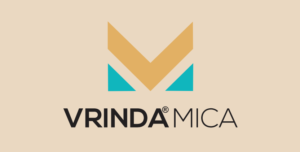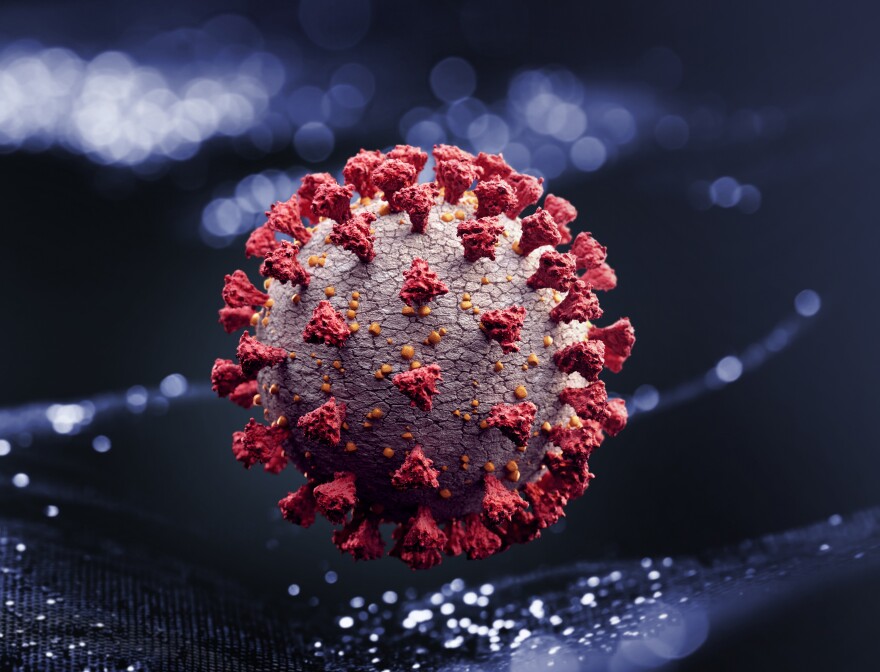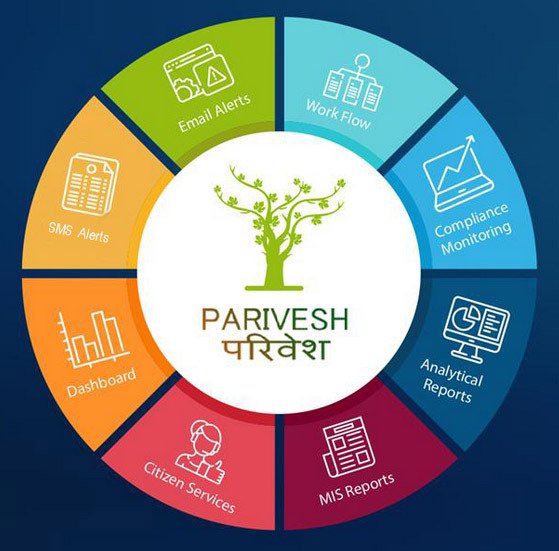
Govt plans new DBT model for fertilizers including urea
- दिसम्बर 3, 2022
- 0
In a significant step, the Centre is planning to conduct pilots in a few districts of the country on a modified version of the direct benefit transfer (DBT) in fertilizers.
Currently, the version of DBT in fertilizers involves farmers purchasing their fertilizers through point of sale (PoS) devices after undergoing Aadhaar authentication. This ensures that the identity of the person who purchases the fertilizer bags is well established.
However, there is no restrictions on the number of bags a farmer can purchase. This sometimes leads to excess usage and chances of misuse.
To curb this, officials said that a system is being thought of where farmers’ details will be fed on the PoS machines, including the land he holds and area, among others. And, as soon as he enters the Aadhaar details, it would show up on the machines as to how many bags of urea, DAP or NKPS he is entitled to, based on details entered. The state government will feed the farmer details on the PoS machines, which can then be used for this process.
“It would not be possible to go for a classical model of DBT in fertilizers as farmers won’t make the high upfront payment and wait for the reimbursements to come. Therefore, something which builds on the existing framework and mechanism is being through of,” the official said farther.
Diversion and pilferage largely happen in urea due to the massive price differential between cost of production and sale price. In India, an average 45-kilogram bag of urea is sold to the farmer at around 245 Rs while its cost of production is almost 3,000 Rs. The remaining is subsidized by the Centre to keep prices affordable for the farmers.
Similarly, for non-urea fertilizers, the Centre gives some amount of subsidy to keep prices down, though on paper, non-urea fertilizers are decontrolled. In the classical DBT model, urea farmers first have to pay the market price for a bag of urea while the subsidy will get credited into their bank accounts.
The Route of pilferage that used to happen by way of diversion towards industrial grade has also come down considerably due to constant steps, “the official said. Out of the 35 million tonnes urea consumed in the country, around 1.5 million tonnes is used for industries needs. Of the 1.5 million tonnes of industrial urea consumption, roughly around 0.3-0.4 million tonnes is diverted. The is a very small proportion of the annual total consumption.


यूरिया सहित सभी उर्वरकों में प्रत्यक्ष लाभ अंतरण की तैयारी
केंद्र सरकार एक महत्त्वपूर्ण कदम उठाते हुए देश के कुछ जिलों में प्रायोगिक तौर पर उर्वरक में प्रत्यक्ष लाभ अंतरण (डीबीटी) लागू करने की योजना बना रही है
फिलहाल उर्वरक में प्रत्यक्ष लाभ हस्तांतरण का एक मॉडल पहले ही मौजूद है। इसके तहत किसानों को आधार का प्रमाणन करने के बाद पॉइंट ऑफ सेल (पीओएस) उपकरणों के जरिये उर्वरक खरीदना पड़ता है। इससे खाद की बोरी खरीदने वाले व्यक्ति की पहचान सुनिश्चित होती है।
हांलांकि किसानों द्वारा खरीदी जाने वाली खाद की बोरियों की संख्या पर कोई पाबंदी नहीं लगाई गई है। ऐसे में आम तौर पर अधिक उपयोग और दुरूपयोग की आशंका बनी रहती है।
अधिकारियों ने कहा कि इस पर अंकुश लगाने के लिए एक नई व्यवस्था तैयार की जा रही है। इसके तहत किसानों का विवरण पीओएस मशीनों पर फीड किया जाएगा, जिसमें उनकी जमीन और रकबा आदि शामिल होंगे। किसान का आधार विवरण दर्ज करते ही मशीन उसके द्वारा दिए गए विवरण के आधार पर बताएगी कि वह कितनी बोरी डीएपी या यूरिया का हकदार है। राज्य सरकार सभी संबद्ध किसान का विवरण पीओएस मशीनों पर फीड करेगी जिनका उपयोग इस प्रक्रिया के लिए किया जा सकता है।
अधिकारी ने कहा, ‘शूरूआती चरण में हम बोरियों की संख्या में नरमी बरतने की योजना बना रहे हैं ताकि किसी तरह का असंतोष न हो।‘ अधिकारी ने आगे कहा, ‘उर्वरक में प्रत्यक्ष लाभ अंतरण के पारंपरिक मॉडल को लागू करना संभव नहीं होगा क्योंकि किसान अधिक अग्रिम भुगतान करने के बाद मुआवजे की प्रतीक्षा नहीं करेंगे। इसलिए मौजूदा ढ़ांचे के आधार पर कुछ नया सोचा जा रहा है।‘
उत्पादन लागत और बिक्री मूल्य के बीच काफी अंतर होने के कारण यूरिया में बड़े पैमाने पर चोरी अथवा हस्तांतरण होने की आशंका रहती है। भारत में किसानों को 45 किलोग्राम यूरिया की बोरी लगभग 245 रूपये में बेची जाती है, जबकि इसकी उत्पादन लागत लगभग 3,000 रूपये है। शेष रकम के लिए केंद्र सरकार द्वारा सब्सिडी दी जा रही है। इसी प्रकार गैर-यूरिया उर्वरकों के मोर्चे पर भी कीमत कम रखने के लिए केंद्र द्वारा कुछ सब्सिडी दी जाती है। गैर-यूरिया उर्वरक मूल्य नियंत्रण से बाहर हैं। पारंपरिक प्रत्यक्ष लाभ अंतरण मॉडल के तहत यूरिया के लिए किसानों को पहले बाजार मूल्य का भुगतान करना होगा और बाद में सब्सिडी उनके बैंक खातों में जमा हो जाएगी।
औद्योगिक श्रेणी के यूरिया की चोरी पर भी काफी हद तक लगाम लग चुकी है।‘ अधिकारी ने कहा कि देश में खपत होने वाले 3.5 करोड़ टन यूरिया में से लगभग 15 लाख टन का उपयोग औद्योगिक जरूरतों के लिए किया जाता है। साथ ही 15 लाख टन औद्योगिक खपत में से 3 से 4 लाख टन यूरिया का हस्तांतरण होता है, जो साल में होने वाली कुल खपत का मामूली हिस्सा भर है।
[/vc_column_text][/vc_column][/vc_row]
































































